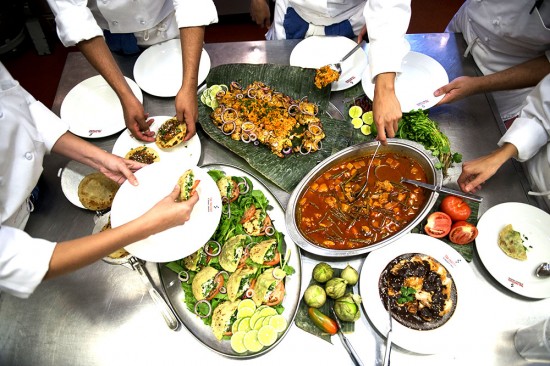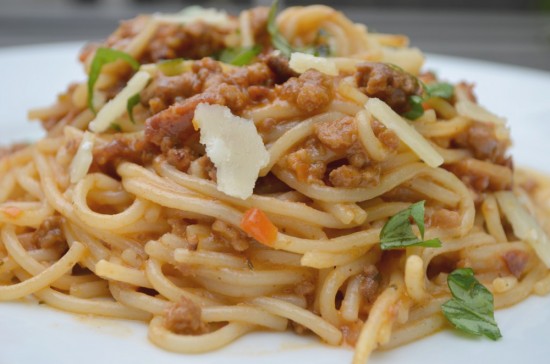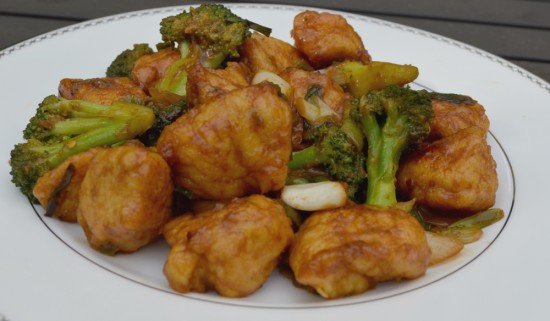
Gluten-Free Global Cuisine
Life as a Culinary Student
In the third section of the culinary arts program at ICE, we delved into plating and presentation as well as cuisines from various regions, including France, Italy, Spain, and Asia. We took a culinary tour of the world right in our kitchen! It was amazing. I learned so much about regional cuisines and the factors that influence them. There were a few key takeaways for me that will forever influence the way I cook and think about food.

The first is this: regional cuisines are varied and driven by the foods readily available seasonally and locally. If you live by the sea, you eat a lot of fish. If you are inland, you don’t. If you have lots of cattle, you eat a lot of beef. Otherwise, you do not. Fruit and vegetable dishes, as well as sides, are based on what is grown in your area. Period. We need to think about this as consumers and chefs.
We often wonder why other cultures are healthier than ours, and I think one of the main reasons is that they eat what is locally and seasonably available. In the US, we are able to get any fruit or vegetable we want, any time of year. There is a price to pay for this convenience, and I believe it is our health.
On a lighter note, I also learned a surprising fact: true Bolognese sauce does not have tomatoes! Who knew? I didn’t but, once I tasted it, I realized it might just be one of the best sauces I have ever had in my life. So amazing! You have to try it. Here is the link. I paired it with my favorite gluten-free spaghetti and it was delicious!

The last thing I learned is there isn’t enough time in a school or even a lifetime to have an opportunity to master the cuisines of Asia. I was blown away by the complexity of the dishes from each region and the incredibly exotic ingredients. I would happily spend another 11 months just learning more about the foods from India, China, Japan and Thailand. I loved every dish and ingredient used and I am so happy I had the opportunity to do so. I even made a gluten-free version of General Tso's Chicken!

A lot of Asian foods use soy sauce as a primary ingredient. Many people don’t realize that most soy sauce contains wheat as a primary ingredient and is therefore unsafe for those on a gluten-free diet for medical reasons. However, tamari is a fantastic substitute and is readily available. I brought my tamari into class each night and was able to use it in many of the dishes we prepared so I was able to taste them throughout our lessons in traditional Asian cooking
Overall, I learned a tremendous amount in this section of culinary school. I wasn’t ready for it to end, but I'm looking forward to moving into the fourth module, which is pastry arts. I'm especially excited after learning that Chef Michelle Tampakis will be our instructor. She is an amazing pastry chef, and coincidentally, also has Celiac disease. She teaches some gluten-free cooking classes at ICE and even has her own gluten-free bakery, Whipped Pastry Boutique. I can't wait to pick her brain and I’m looking forward to sharing what I learned in my next post!


Add new comment